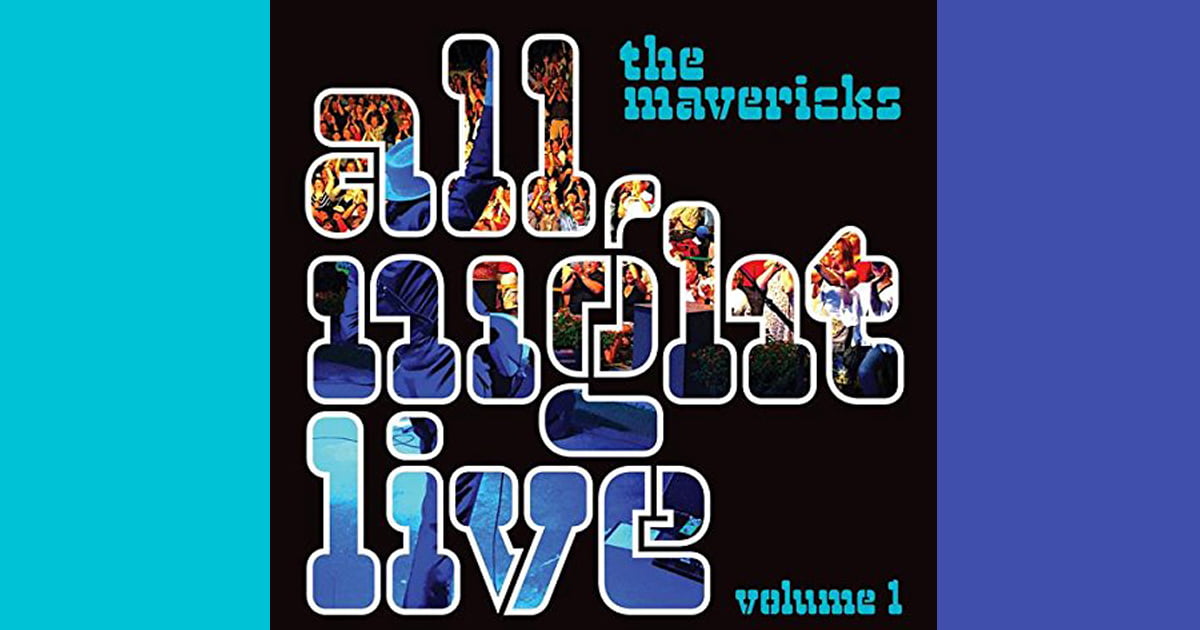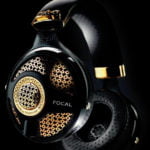It’s the time of year for saving money!
When it comes public awareness of The Mavericks, there are two types of music aficionados I’ve met over the years. There are those who, when I inquire, they reply instantly: “Oh man, I love The Mavericks and their singer Raul Malo!”
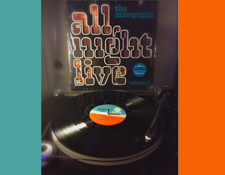 Usually the enthusiasm is accompanied by uber-fan slogans such as “The Mavericks are the bomb!” or “The Mavericks rule!” or “The Mavericks rock!”
Usually the enthusiasm is accompanied by uber-fan slogans such as “The Mavericks are the bomb!” or “The Mavericks rule!” or “The Mavericks rock!”
All good things…
And then, there the others who, when I inquire, they reply blankly: “the who?”
“No. Not The Who. The Mavericks. You know… Raul Malo’s band?
After an uncomfortable silence and a few nervous blinks of the eye, I accept defeat and enthusiastically urge them to check out The Mavericks’ music for its wonderful blend of rockin’ fun, fine musicianship and heartfelt passion.
As should you too, Dear Readers. More people need to know about this fine band.
In fact, you might well consider getting the band’s new live album All Night Live Volume I 1 as a good starting point, which goes a long way to restore the sanctified spaces of the so called “live album” as a viable representation of an artist at a point in time. And maybe, just maybe, it can become again a valued marketing tool for helping artists move their art forward.
You see, Dear Readers, there was in fact a period back in the day when a real live sounding album could make a band uber successful, escalating them to another level of super star status.
The list of important live recordings from the 1970s is long and wide:
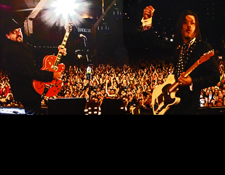 The Allman Brothers’ Live at Fillmore East, Peter Frampton’s Frampton Comes Alive, Yes’ Yessongs, Kiss’ Alive, The Rolling Stones’ Get Your Ya Yas Out, CSN&Y’s Four Way Street, Cheap Trick’s At Budokhan, ELP’s Welcome Back My Friends… and many others were all mega selling smash hit recordings.
The Allman Brothers’ Live at Fillmore East, Peter Frampton’s Frampton Comes Alive, Yes’ Yessongs, Kiss’ Alive, The Rolling Stones’ Get Your Ya Yas Out, CSN&Y’s Four Way Street, Cheap Trick’s At Budokhan, ELP’s Welcome Back My Friends… and many others were all mega selling smash hit recordings.
These were albums which captured the lightening-bolt essence of the band and spread it across slabs of vinyl for the universe to enjoy for eternity.
After awhile, as the 80s moved along, live albums became less of “a thing” for fans, especially as pre-programmed, synthesized pop, dance and other music eventually created “in the box” (ie. entirely on a computer) became the popular standard.
Coupled with the advent of digital sound and the popularity of listening on the go — from the Walkman to the iPod — many a modern listener has become accustomed to the flat and often raw feel of a “soundboard” styled live mix (if one appears at all), with little in the way of room ambiance added in.
There have been hopeful moments since for live music recordings…
As the so called “jam band” and “grunge” movements took root, suddenly new soundboard-flavored live recordings began to surface. I was hopeful when Nirvana’s MTV Unplugged album took off alongside all of the other “Unplugged” series albums by everyone from Neil Young to Eric Clapton to 10,000 Maniacs. But really, those recordings — while often wonderful — all seemed to have that plugged-in-through-the-mixing-board sonic flavor instead of capturing the feel of the room the band was playing in.
Acoustic guitars were often just taking a feed from the guitar’s on-board pick-ups instead of using a microphone placed in front of the guitar to capture the sound of the wood and the air around the instrument. Vocals were presented almost too much in the listener’s face, and the percussion sparkled like a studio recording.
To my ear, these sounded like enhanced studio recordings versus capturing the essence of the band on stage and its interaction with the audience and the room in which they are performing.
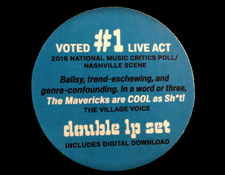 Which is cool if that is what you like. I get it. One of my big musical heroes, Frank Zappa, was legendary for indeed making new studio releases based on live recordings he would make and then manipulate… But that’s a whole other thing, as they say…
Which is cool if that is what you like. I get it. One of my big musical heroes, Frank Zappa, was legendary for indeed making new studio releases based on live recordings he would make and then manipulate… But that’s a whole other thing, as they say…
None of these new live recordings, however resonated with me in the way that, say, Jerry Garcia and Merle Saunders’ Live at Keystone or better still The Grateful Dead’s appearance at The Great American Music Hall in 1975 (officially released as the first in their series of archive recordings as One From The Vault). Both were recordings which had plenty of musical detail, but also captured the feel of that group playing in a small venue.
Lightening captured …
Yes, I know there HAVE been live albums released since those days, but those haven’t really done much to escalate the band’s presence in the marketplace and were made mostly for the established fans — be it Depeche Mode, Guided By Voices, Peter Gabriel or even Sigur Ros.
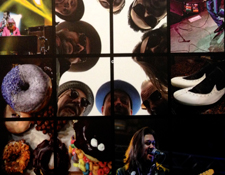 I had great hopes for the latter’s lead singer Jonsi who issued a pretty incredible document of his live show (available still on iTunes, an exclusive which will play in 5.1 surround via Apple TV) but that too seemed ultimately to just be preaching to the choir the existing fans (of which I count myself one… but I digress)
I had great hopes for the latter’s lead singer Jonsi who issued a pretty incredible document of his live show (available still on iTunes, an exclusive which will play in 5.1 surround via Apple TV) but that too seemed ultimately to just be preaching to the choir the existing fans (of which I count myself one… but I digress)
Well, it is my sincere hope that The Mavericks’ new live album will do for them what an album like Europe ’72 did for The Grateful Dead : offering up a fun and engaging listening experience which aims to recreate the feel of being at a concert with the band while they are firing on all cylinders.
]]>All Night Live Volume 1 caught my ear initially when the band sent me their CD — which sounds real good, by the way — because it sounded so … well… live! Nowhere to be heard was that flat soundboard flavor that has graced so many modern live recordings I’ve heard. This one oozes with the concert hall ambiance, yet all the instruments are distinct and clear, especially as you crank up the volume.
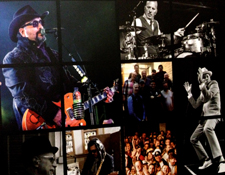 So good was this album that I reached out to the band who subsequently hooked me up with their producer Niko Bolas to talk about their approach to this recording. He told me that much of the sound they decided upon was based on he and Raul Malo simply sitting down and listening to their favorite live albums together, and then realizing that all of those records they liked sounded very… well… live!
So good was this album that I reached out to the band who subsequently hooked me up with their producer Niko Bolas to talk about their approach to this recording. He told me that much of the sound they decided upon was based on he and Raul Malo simply sitting down and listening to their favorite live albums together, and then realizing that all of those records they liked sounded very… well… live!
“I’ve heard so many live albums that are almost fake studio recordings,” explained Bolas. “All Night Live is just the opposite to that. I tried some mixes that were much more modern but when we compared them we decided to go with the big ambient feel because it sounded like The Mavericks. And, it rocks because the band does!”
Mastered by Richard Dodd, Mr. Bolas enthused that “Richard Dodd has probably one of the best set of ears out there today.”
According to Bolas, the album was mixed at the FOH (ie. Front Of House) console in 48 kHz, 24-bit resolution and the vinyl pressed from the same source. So, there is no up-res stuff going on here and, personally, I think that is cool. Keep it pure as you can, reducing the chances for sonic anomalies to creep into the recordings.
And I’m good with 48/24 recordings, by the way. While I certainly love a 96/24 or higher recording, just give a listen to Tom Petty’s stunning Mojo album from several years back (which was recorded and mixed at that resolution) and you’ll know how good 48/24 can sound, especially for rock based music.
The Mavericks have captured a wonderful sense of live soundstage here on All Night Live Volume 1 . When you close your eyes you can envision the band doing their thing on a concert stage. It very much recreates that feeling of what you might hear if you were standing dead center in front of the mixing board at a show in a mid sized venue.
And if all that live Maverick goodness sounds great on 44.1 kHz, 16-bit CD, the LP goes many steps further offering up a bigger, warmer, less compressed and all-the-more-rocking live concert vibe.
On this album they are largely playing material from their last two albums, including last year’s great release Mono, which I reviewed previously here on Audiophilereview dot com. (https://audiophilereview.com/audiophile-music/listening-to-the-mavericks-mono-in-mono.html)
Stylistically, The Mavericks graze blissfully on a big musical ranch that includes Tex-Mex flavored rock, pop ‘n roll (“As Long As There’s Lovin’ Tonight,” “Come Unto Me”), bits of Bakersfield-infused polka-ska (“What You Do To Me,” “Summertime,” “I Said I Love You,” “Waiting For the World To End”), country swing (“Stories We Could Tell”), horn-drenched blues vamps (“Do You Want Me To”) and even poignant ballads (“Pardon Me”). The Mavericks’ lovely cover version of Neil Young’s “Harvest Moon” takes the song to another plateau only hinted at by Neil (and I say this as a huge Neil fan!).
The Mavericks are a smoking band which plays with the fire and finesse of their spiritual brothers from East LA, Los Lobos, but with a distinctive vibe all their own. They are fronted by an incredible singer in Raul Malo, who in a single breath channels the best of Roy Orbison, Elvis Presley and perhaps even a bit of Louis Prima, while adding in his own personal flair.
The packaging on All Night Live Volume 1 is exemplary.
The two LP set is pressed on nice, well centered, quiet, standard black vinyl. The LP comes packaged in a beautiful die cut cover the likes of which I haven’t really seen much on a vinyl package since the early 1970s when I was a little kid (on records by The Jackson Five, The Temptations and even Stevie Wonder).
It is very cool but also I do advise you get some sort of protective plastic outer sleeve to preserve the fragile die cut areas from getting damaged when taking the album in and out of your record storage area. The LP also comes with an MP3 download for those of you who want to take the music on the road with you. The CD version is packaged in a nice tri-fold cardboard sleeve with raised lettering and glossy finish.
All Night Live Volume 1 is a very happy album and I suspect you’ll be happy listening to it. Bravo to Niko Bolas, Raul Malo and all the guys in the Mavericks for creating a fine, natural sounding live album. I look forward to hearing Volume 2!
